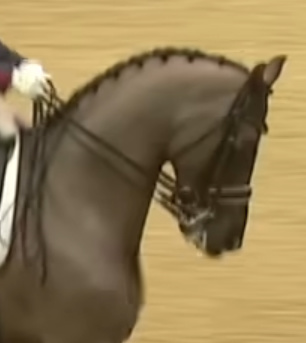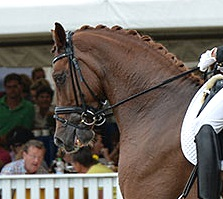This is what Jealoushe thinks of riders with dressage scores in the forties:
Riders are lazy, they are cheap.
Riders don’t have a work ethic.
Riders are desperate.
Riders are not horsemen. And they are shallow.
Riders should give up and do another sport.
I let this post lay here for days because I found it so offensive and I didn’t want to say anything out of hand. But now, News Flash: Getting mediocre dressage scores does not mean a rider is morally inferior or ethically challenged. Making assumptions as to someone character based on their dressage scores is really poorly done.
For the record not only have I had horses who would typically be in the bottom third after dressage, I’ve also had horses that could be counted on to be in the top third–on more than one occasion with sub 20 scores. I’m not any better of a person because I’ve scored a 19 or any worse of a person because I’ve had a 45.

 E.g., multiply each score by, say, 0.9, when it’s clear that they’re scoring unnecessarily high. Obviously a pipe dream and there’s no way in hell judges would admit to their scoring being flawed…
E.g., multiply each score by, say, 0.9, when it’s clear that they’re scoring unnecessarily high. Obviously a pipe dream and there’s no way in hell judges would admit to their scoring being flawed…
